―Communication name decided: "i-dio"!― Announcing the "V-Low Multimedia Broadcasting" service model!
The Multimedia Broadcasting Business Forum, organized primarily by FM Tokyo, held an information exchange session and presentation on October 15 at Bellesalle Shibuya First in Tokyo regarding the V-Low multimedia broadcasting service scheduled to launch in 2016. V-Low Multimedia Broadcasting is a new broadcasting service utilizing part of the frequency band freed up by the termination of analog broadcasting. It is expected to offer benefits such as high-quality radio broadcasting and enhanced disaster response capabilities. Dedicated equipment is required for reception.

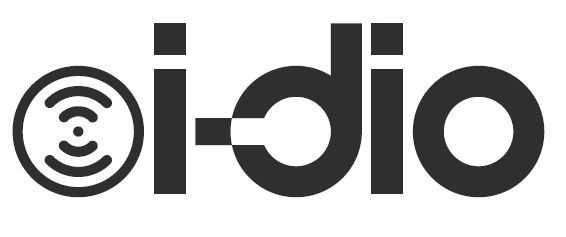

In his opening remarks, Katsumi Chiyo, President of BIC (FM Tokyo President), the holding company driving the overall project, emphasized, "V-Low Multimedia Broadcasting is an innovative communication platform for a new era, realizing the convergence of broadcasting and communications." He also mentioned potential corporate uses for this broadcasting, such as device authentication in the IoT era.
Finally, the communication name for the new broadcasting service, "i-dio," was unveiled. The business structure is divided into three entities: hardware providers, software providers, and CPs (content providers), as shown in the diagram, rather than having a single company handle everything.
Service will launch in the Fukuoka, Tokyo, and Osaka areas in March 2016, ahead of nationwide deployment.
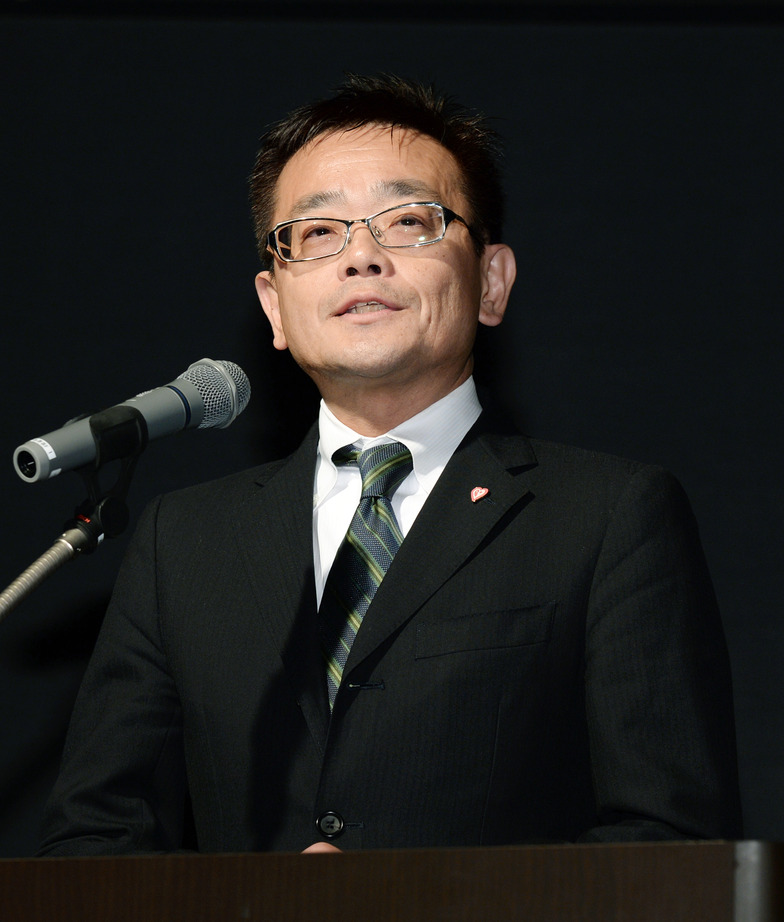
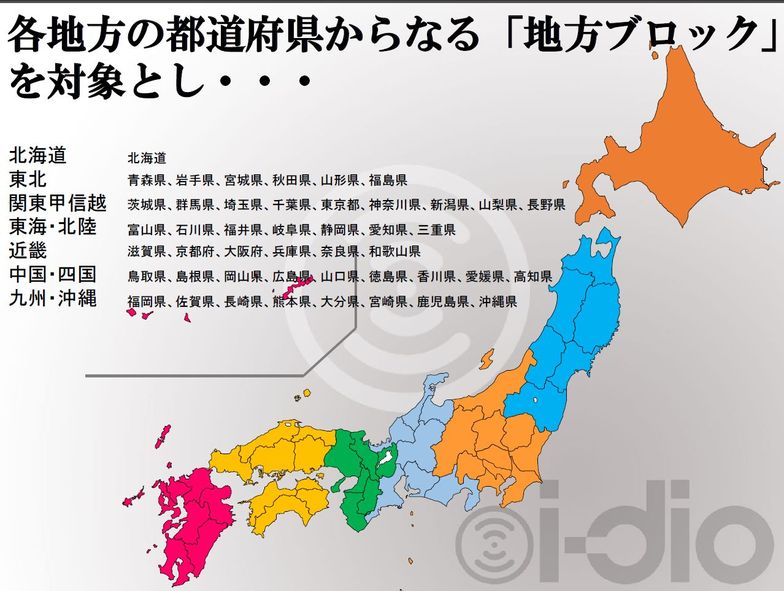
Following this, Mr. Katsuyuki Fuji, President of Tokyo Multimedia Broadcasting (the software company), took the stage to explain the overall concept and schedule for i-dio.
As a broadcasting service, i-dio is positioned as the third type of broadcasting following audio broadcasting and television broadcasting: a terrestrial backbone broadcasting service for mobile reception. It possesses three key features: ① "Portability and Mobility," ② "Broadcasting = Simultaneous Broadcast," and ③ "Communication-like = IPDC."
It will not be a nationwide broadcast but will be divided into seven regional blocks. It is expected to contribute to regional revitalization and the realization of a disaster-resilient society by disseminating locally relevant lifestyle information and safety/security information.

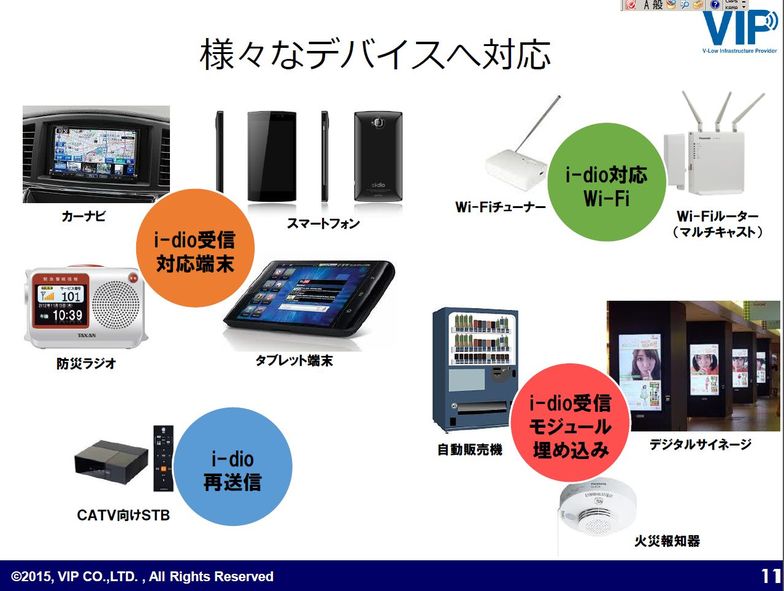
Third, Mr. Hitoshi Nihira, President of VIP, a hardware company, took the stage to explain the business.
VIP will establish transmission stations (base stations) nationwide to support the overall broadcasting infrastructure while also promoting the development of dedicated receivers required for i-dio reception.
At launch, 100,000 i-dio-compatible Wi-Fi tuners will be prepared as part of a monitor campaign. Support is also being prepared for various devices incorporating i-dio tuners, such as smartphones, car navigation systems, and disaster prevention radios.
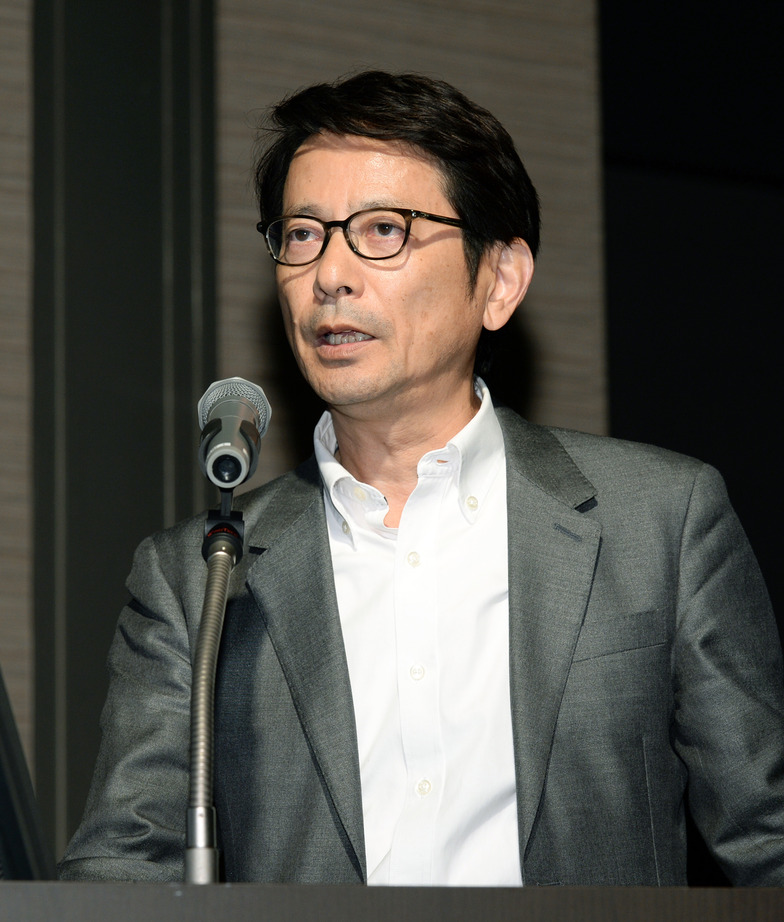

Towards the end of the forum, two companies actually supplying content gave presentations on their businesses.
First, Takeshi Imai, President of Amanek Telematics Design, explained the launch of a dedicated digital channel for mobility. This channel provides drivers with approximately 15-minute-ahead weather information to help avoid weather risks and mitigate disasters, along with music for a comfortable drive, traffic information, and timely leisure information, delivered via both a navigator's voice and automated voice. Additionally, the system links broadcasts with location-tagged data, enabling in-vehicle units to download area-specific information and coupons.
Hideto Takeuchi, President of TOKYO SMARTCAST, explained that by developing broadcasting media services featuring V-Low's unique high-quality audio broadcasting and data broadcasting services that build new businesses utilizing partner sponsors and broadcast waves, the company aims to provide users with diverse content that enriches their lives and realize "safety and security" services.
Was this article helpful?